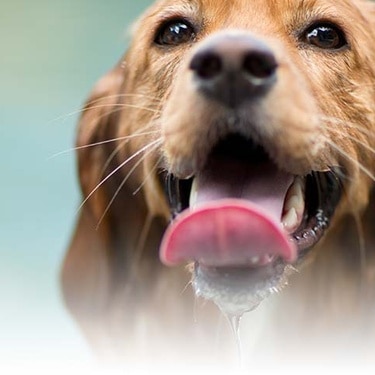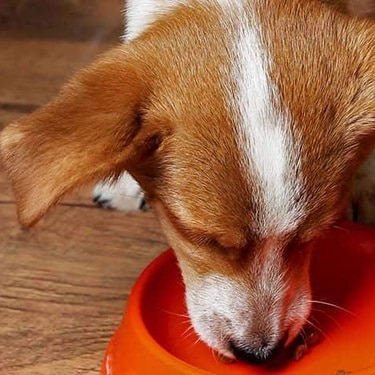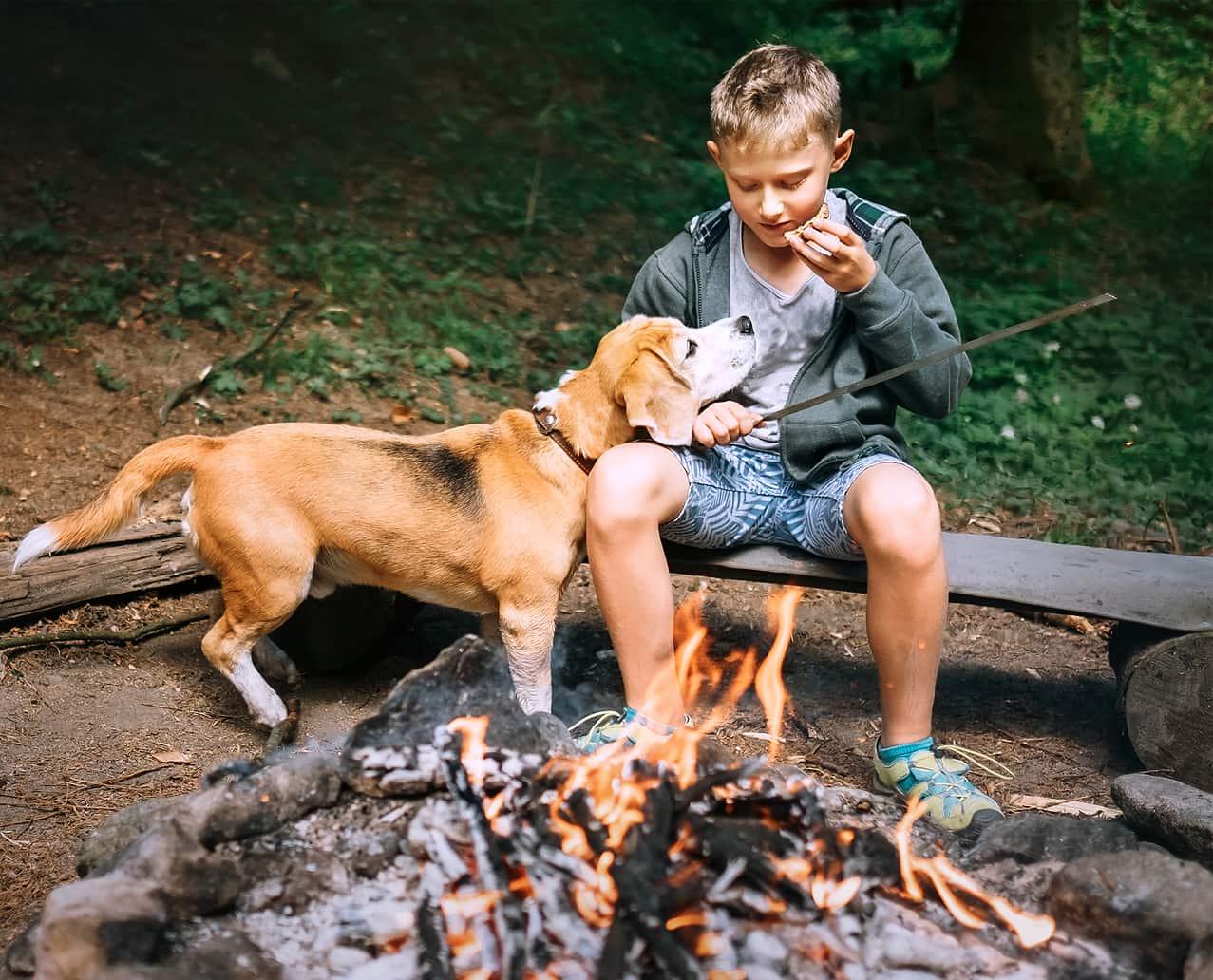
-
Find the right food for your petTake this quiz to see which food may be the best for your furry friend.Find the right food for your petTake this quiz to see which food may be the best for your furry friend.Health CategoryFeatured products
 Adult Salmon & Brown Rice Recipe Dog Food
Adult Salmon & Brown Rice Recipe Dog FoodSupports lean muscle and beautiful coat for adult dogs
Shop Now Adult 7+ Healthy Cuisine Roasted Chicken, Carrots & Spinach Stew Dog Food
Adult 7+ Healthy Cuisine Roasted Chicken, Carrots & Spinach Stew Dog FoodDelicious roasted chicken paired with tender vegetables in a succulent stew
Shop Now Perfect Weight & Joint Support Large Breed Chicken & Brown Rice Recipe Dog Food
Perfect Weight & Joint Support Large Breed Chicken & Brown Rice Recipe Dog FoodThis weight management and mobility support dog food was created with Hill’s unique understanding of the biology of overweight dogs
Shop NowFeatured products Adult Salmon & Brown Rice Recipe Cat Food
Adult Salmon & Brown Rice Recipe Cat FoodSupports lean muscle and beautiful fur for adult cats
Shop Now Adult Urinary Hairball Control Tender Chicken Dinner Cat Food
Adult Urinary Hairball Control Tender Chicken Dinner Cat FoodPrecisely balanced nutrition to support urinary health from kidney to bladder. With natural fibre technology to help reduce hairballs.
Shop Now Adult Perfect Weight with Chicken Cat Food
Adult Perfect Weight with Chicken Cat FoodBreakthrough nutrition for your cat’s healthy weight maintenance and long-lasting weight support
Shop Now -
DogCat
- Cat Tips & Articles
-
Health Category
- Weight
- Skin & Food Sensitivities
- Urinary
- Digestive
- Kidney
- Dental
- Serious Illness
-
Life Stage
- Kitten Nutrition
- Adult Nutrition
Featured articles Water
WaterWater is the most important nutrient of all and essential for life. Animals can lose almost all their fat and half their protein and still survive, but if they lose 15% of their water, it will mean death.
Read More Pet Food Storage Tips
Pet Food Storage TipsWhere you store your cat and dog food can make a big difference in the quality and freshness once it is opened. Here are some common questions and recommendations for optimal storage for all of Hill’s dry and canned cat and dog food.
Read More The Right Diet For Your Pet
The Right Diet For Your PetLearn what to look for in healthy pet food & nutrition, including ingredients, quality of the manufacturer, your pet's age, and any special needs they have.
Read More -


You've probably created an evacuation plan for your family in the event of a fire, but do you have an emergency plan for your four-legged family members? Pet fire safety, both indoor and outdoor, should be just as much of a priority. Not only do you need to prep your house to make it as fire-safe as possible, but you also need to learn about evacuating your animals safely and treating pet burns in case of an emergency.
Indoor Fire Concerns for Pets
Did you know that pets and wild animals start approximately 700 household fires in the U.S. every year, according to the National Fire Protection Association? About three-quarters of those take place around your home's cooking equipment, fireplaces, lighting fixtures or candles.There are many areas of your home that are a concern for your dog or cat's safety. Knowing what to look out for can help you prevent a fire and keep your pet safe.
The fireplace and the area around it can be dangerous. Because doors and screens can stay hot for hours after a fire, train your pet to keep their distance from the fireplace. Do the same for any hot radiators, outdoor chimney vents or areas where you store fireplace ash.
Cooking is also a dangerous time for animals to be in the kitchen. Sudden jumps from the floor onto the stove area may even ignite a fire. If your pets are extra curious in the kitchen, consider blocking off their entrance to the room completely. If that's not possible, at least consider removing the stove knobs when you leave your house and unplugging your toaster or slow cooker. Don't forget about the oven door. Never open the oven when your pet is in close proximity to ensure that they do not burn themselves on the hot oven door.
Finally, keep all candles out of your pets' reach (cat parents know how high that can be!). Better yet, switch to battery-operated flameless LED candles. These candles look similar to flammable candles, and some even emit a fragrance. However, if they're accidentally knocked over, they won't start a fire.

Outdoor Pet Fire Safety
Outside, a fire pit or a small bonfire can be a potential hazard for your pets. Dogs are curious creatures, and they may want to sniff a fire as a way of exploring. Train your dog to stay at least a few feet away from any fire. After you've finished enjoying your outdoor fire for the evening, be sure to extinguish it properly with water or dirt. This also means keeping your dog away from even wet ashes since he could get seriously burned from stepping on them.
Your pooch should also steer clear if you're cooking over your outdoor fire. Distract him with a toy or keep him inside where he won't be tempted to leap for a sizzling hot dog. If you have small children making s'mores, make sure that any long sticks with hot objects aren't waving near your pet's eyes or face.
It's also probably a good idea to leash your dog a safe distance away just in case any nightlight decides to participate in your outdoor party; this will keep your dog from trying to chase the night critter through the fire.


Tasty Tips
Young pets may need several visits in their first year for vaccinations. Adult pets generally benefit from annual check-ups, while senior or special-needs pets might require more frequent visits.
How to Evacuate Your Pets Safely
The easiest way to protect your pet in case of a fire or emergency is to affix a sticker to your front door alerting emergency personnel that you have animals in your home. These can be personalized to indicate how many pets there are in your home. You may even want to tape up a picture of your pet.
You also need a plan on how you'll evacuate your pet in case there is a fire in your home. If you have a plan for your family members, it should be easy enough to include your pet in your instructions. However, while you may know exactly where your children sleep at night, your cat or dog might not be as easy to find. Keep a harness and leash or a cat carrier in different areas of your home where you can quickly grab it. Also, make sure to keep a note of where you pet likes to spend his or her time throughout certain times of the day. This can be especially crucial for cats who like to hide away. Knowing where they are will make evacuating that much easier in the event of a fire.
And most importantly, the National Fire Protection Association urges you to stay outside if you've escaped from a fire but realize your pets are still indoors. Tell responding firefighters if you think your animals are trapped inside, and alert them to all of your pet's hiding places.
Treating Pet Burns
Do you know how to help a burned pet? While getting them to a vet to treat their burns should be your first priority, there are some steps you can take on the way to give your pet some relief. For dogs, the American Kennel Club (AKC) suggests treating your pup immediately by immersing the burn in cool water or saline solution. Spraying cool water on the burn is just as helpful if it's impossible to immerse the area.
If you're unable to get to the emergency vet clinic right away, applying silver sulfadiazine ointment can help in the interim. This ointment is an important part of any canine first-aid kit. However, this should only be done in an emergency, and best to have a vet walk you through it. If done incorrectly, a vet may have to surgerically repair improperly treated areas. Cover your dog's injury with clean sterile dressings and take him to the vet as soon as possible. Some sites may suggest trimming the fur around the wound and cleaning it with saline solution, but this can sometimes do more harm than good because if you're not classically trained on how to properly address this sort of issue you may end making the situation worse.
Cat burn treatment is a little different. Cummings School of Veterinary Medicine at Tufts University advises bringing your cat to the vet immediately, no matter how mild or severe her burn is. Do not put ice or water on a burn since the cold can shock her and cause her to start shivering. Finally, don't attempt to treat the burn with butter, ointment or a bandage since she could scratch or lick it off.
At your next vet visit, you might ask your veterinarian to provide you tips on how to handle your pet in this type of situation. Pet fire safety is a lot to consider and plan for, but it will help you to prepare for any emergency that comes your way. Staying alert can help keep your pet cool and safe.


Erin Ollila believes in the power of words and how a message can inform—and even transform—its intended audience. Her writing can be found all over the internet and in print, and includes interviews, ghostwriting, blog posts, and creative nonfiction. Erin is a geek for SEO and all things social media. She graduated from Fairfield University with an M.F.A. in Creative Writing. Reach out to her on Twitter @ReinventingErin or learn more about her at http://erinollila.com.
Related products

Precisely balanced nutrition to support urinary health from kidney to bladder. With natural fibre technology to help reduce hairballs.

Supports lean muscle and beautiful coat for adult dogs

This weight management and mobility support dog food was created with Hill’s unique understanding of the biology of overweight dogs

Supports lean muscle and beautiful fur for adult cats
Related articles

Where you store your cat and dog food can make a big difference in the quality and freshness once it is opened. Here are some common questions and recommendations for optimal storage for all of Hill’s dry and canned cat and dog food.

Water is the most important nutrient of all and essential for life. Animals can lose almost all their fat and half their protein and still survive, but if they lose 15% of their water, it will mean death.

Show some love with wet foods: a great choice for pets with health issues.

Learn what to look for in healthy pet food & nutrition, including ingredients, quality of the manufacturer, your pet's age, and any special needs they have.

Put your pet on a diet without them knowing
Our low calorie formula helps you control your pet's weight. It's packed with high-quality protein for building lean muscles, and made with purposeful ingredients for a flavorful, nutritious meal. Clinically proven antioxidants, Vitamin C+E, help promote a healthy immune system.
Put your pet on a diet without them knowing
Our low calorie formula helps you control your pet's weight. It's packed with high-quality protein for building lean muscles, and made with purposeful ingredients for a flavorful, nutritious meal. Clinically proven antioxidants, Vitamin C+E, help promote a healthy immune system.

